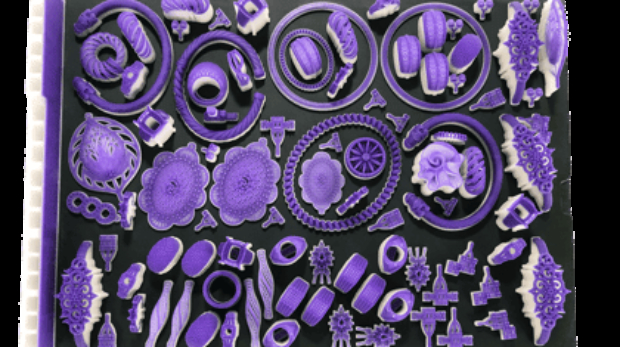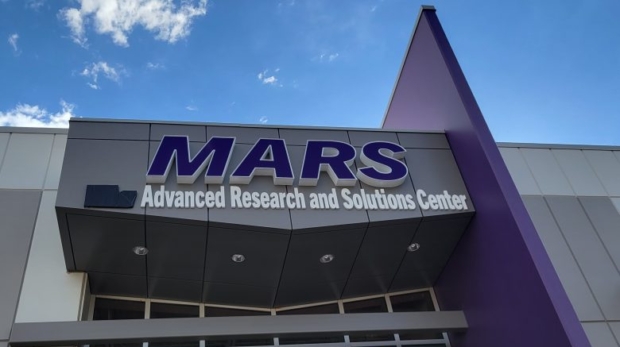VM Podcast, S2E2: bringing semiconductor lasers to 3D printing Decision Makers
Hello everyone and welcome back to the first 3dpbm Pulse Podcast of 2023, the first under our new name: VoxelMatters Podcast. Today we speak with Ido Eylon, CEO of 3DM Digital Manufacturing, about a technology that is going to change the way polymer laser powder bed fusion – the process commonly known as SLS – for the better and forever.





